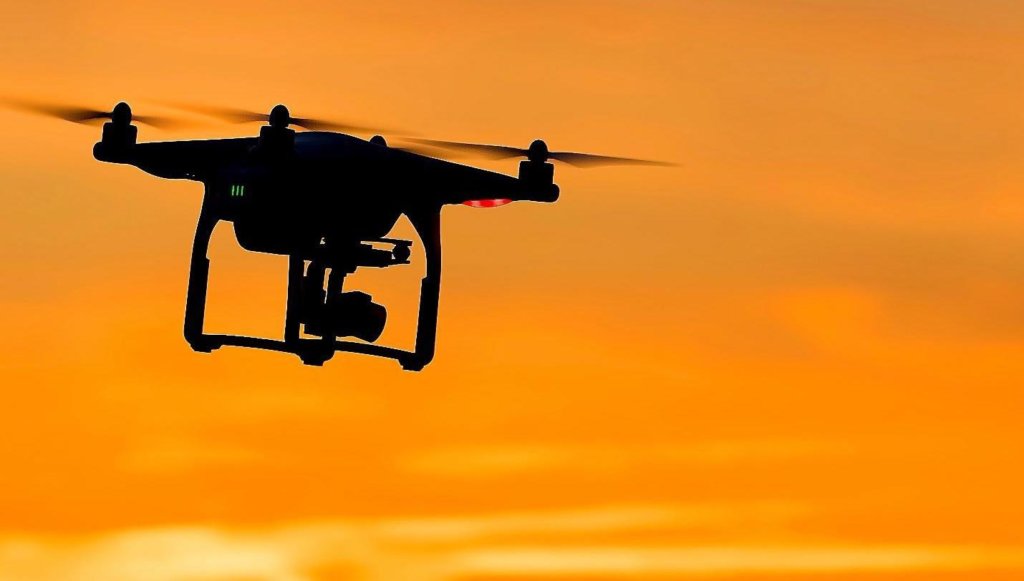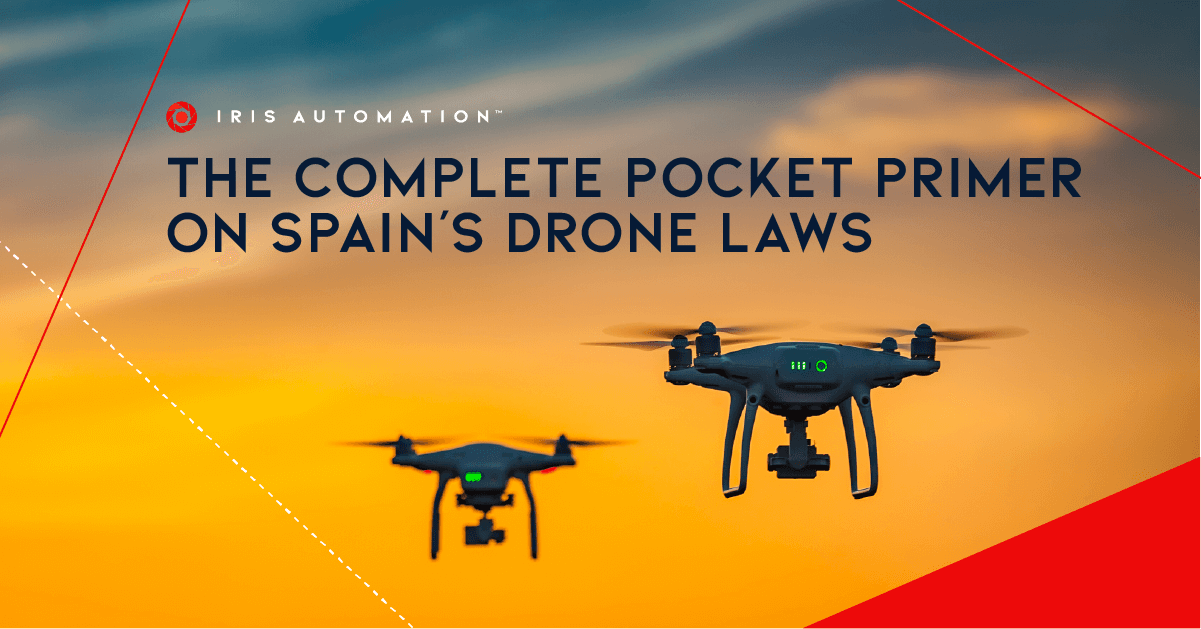Spain offers some of the most spectacular scenery in the world. As such, it is a top destination for vacationers who love flying unmanned aerial vehicles (UAVs).
From Mulhacén Mountain in the south to the beaches on the island Majorca in the Mediterranean, Spain has it all—and then some. The country is an excellent place to fly a drone, whether you’re a citizen, a tourist, or a business leader.
That said, Spain isn’t a total free-for-all when it comes to using drones. In fact, there are rules that you’ll need to follow or you’ll risk running into trouble with local authorities.
Here’s an overview of what to expect when flying drones in Spain.
First Things First: Are Drones Legal in Spain?
The good news is that flying a drone is completely legal in Spain, for both recreational and commercial use. This means you don’t have to worry about breaking any laws when sending a drone into Spanish air space. Of course, you still need to play by the rules.
In Spain, the State Agency of Air Security (AESA) regulates drones. This means that drone operators need to abide by the body’s regulations to avoid running into fines or other penalties.
In addition, it’s important to remember that Spain is a member of the European Union. As such, all drone operators need to follow the European Union Aviation Safety Agency (EASA) regulations in addition to local rules established by towns and provinces.

How the EU Classifies Drones
The European Union has three categories for drones, which Spain adheres to:
1. Open
The Open category is for low-risk flights. The vast majority of drones fall into this category.
To fly drones in the Open category, you do not need approval from the government. Any citizen or tourist is free to fly a small drone as long as it weighs less than four kilograms. However, you do need to sign up through the National Aviation Authority (NAA).
2. Specific
The next level is the Specific category. This category describes drones that carry additional risk. In most cases, this means that the drone weighs more than four kilograms or will be flying in urban locations.
Registering for the Specific category is a bit more complicated. It requires going through a special risk assessment and gaining NAA approval.
3. Certified
All high-risk drone operations fall into the Certified category. This category is for drones that may transport dangerous materials or fly in crowded areas.
Most citizens and small business owners don’t have to worry about this classification as it’s typically reserved for government and military operations. If you think your drone may fall into this category, contact the NAA to request more information.
Flying Drones in Spain’s National Parks
Spain has sixteen incredible national parks spread across the country. Brimming with ecological diversity, these parks range from sprawling coastal areas to mountainous reserves. However, to fly drones in Spain’s national parks, you need special authorization from the AESA.
Failure to secure permission from Spanish authorities may result in heavy fines and penalties. As a result, it’s important to do your due diligence before embarking into the wilderness to engage in drone activity.
Flying Drones in Urban Areas
While Spain is strict about flying drones in national parks (like most countries are), the country is less stringent than others about allowing drones in urban areas.
This is great for operators who want to fly drones in Spain’s beautiful cities. Just make sure the drone remains below 20 meters off the ground and otherwise falls into the EU’s Open category.
It’s also a good idea to check local metropolitan regulations to make sure there are no standing or temporary drone ordinances. Drone usage is occasionally restricted for security purposes. Do your due diligence to prevent running afoul of potential restrictions.

Commercial Drone Laws and Requirements in Spain
You can fly commercial drones in Spain, pending approval from the AESA. In order to get approval, you’ll need to acquire a drone license.
What’s more, Spain also requires medical clearance for commercial drone operators. This is important because authorities need to ensure that the operator does not have visual, hearing, or other sensory problems that could inhibit their ability to safely fly a drone.
If you can pass a routine medical examination, you should have no problem getting certified.
Further, you’ll need to purchase limited liability insurance to fly a drone for commercial purposes in Spain. Consult with an insurance broker and make sure you have the right policy before approaching the AESA about flying.
Flying a drone without limited liability insurance is not advisable in any country. If you’re flying a drone, you need to protect yourself. The last thing you want is to crash your drone and cause an injury or property damage.
Flying a drone without limited liability insurance is not advisable in any country
Avoiding Restricted Airspace
Spain has relatively standard protocols in place for controlled airspace.
For example, you’ll need to stay at least eight kilometers away from airports and other types of controlled airspace near military and government facilities. And you’ll need to survey the land where you’re flying to avoid any potential complications.
In addition, you can’t fly over buildings or houses. It’s necessary to stay at least 150 meters away from buildings.
Going Beyond Visual Line of Sight in Spain
Another important thing to remember when flying drones in Spain is that the device must always remain in your visual line of sight (VLOS).
This can significantly restrict drone usage, making it very difficult for long-range operations or commercial use. As such, there is growing demand for beyond visual line of sight (BVLOS) drone usage in Spain.
In January, the AESA authorized BVLOS drone flights for inspecting power lines
One industry that is experiencing rising demand for BVLOS in Spain is the utility sector. In January, the AESA authorized BVLOS drone flights for inspecting power lines. Some telecommunications companies are now considering replacing and repairing power lines using drones.
In a BVLOS deployment, drones can be remotely controlled from a central location. This means that the drone operator does not have to remain in a clear line of sight of the drone.
How Iris Automation Streamlines BVLOS
Obtaining BVLOS approval can be very difficult in Spain, as it is in most countries. In large part, this is because flying drones BLVOS is very dangerous.
The main reason why BVLOS is so dangerous is because the operator is forced to rely entirely on sensors and video. This means that data needs to travel seamlessly from the drone to the base station in real time.
Just a small amount of latency or signal loss could cause a drone to collide with another object. This is even more of a risk when drones are flying at fast speeds or in dense areas like forests or near structures.
As such, it’s critical to have an advanced onboard operating system that’s capable of ensuring operational stability and safety. This is where Iris Automation comes into the equation.
Iris Automation is on the front lines of BVLOS innovation and development. It offers the Casia system, which includes advanced detect-and-avoid technology. In fact, Iris Automation was the first to offer a 360-degree radial computer vision detect-and-avoid solution for drones.
If you’re looking to fly commercial BVLOS drones in Spain, Iris Automation has you covered.
To get started with BVLOS operations, check out Iris’s ten-step process for securing BLVOS certification.
This post was written by Justin Reynolds. Justin is a freelance writer who enjoys telling stories about how technology, science, and creativity can help workers be more productive. In his spare time, he likes seeing or playing live music, hiking, and traveling.

